In Japan, love often begins with the words “Suki desu” or “I like you.” This moment, known as Kokuhaku, is more than just a confession—it’s a bold statement of one’s feelings with hopes of starting a committed relationship. Unlike in many Western cultures where dating can kick off casually, Kokuhaku sets clear intentions and lays the foundation for what happens next. It’s not just a romantic gesture; it’s deeply rooted in Japanese values of honesty, respect, and clarity. If you’ve ever watched anime or been curious about Japan’s dating culture, you’ve likely noticed how significant this tradition is.
What is Kokuhaku?
When it comes to Japanese culture, few expressions are as heartfelt and meaningful as Kokuhaku. If you’ve ever wondered about this unique tradition of love confessions, it’s not just a fleeting moment but a defining gesture in relationships. Rooted deeply in Japanese customs and values, Kokuhaku carries a sense of vulnerability, courage, and hope for the future.

The Literal Translation of Kokuhaku
The word “Kokuhaku” (告白) offers a fascinating linguistic insight. It combines two kanji characters: Koku (告), which means “announcement,” and Haku (白), meaning “white” or “pure.” Together, Kokuhaku can be roughly understood as a “pure announcement” or a “white declaration.” This purity aligns with how Kokuhaku is perceived in Japan—as an honest and unfiltered confession.
Why the emphasis on “white”? In Japanese culture, white symbolizes sincerity and openness. It’s the emotional equivalent of handing someone a blank sheet of paper and saying, “This is me, and I want to share this part of myself with you.” Kokuhaku encapsulates this raw clarity, making it a cornerstone of romantic expression in Japan.
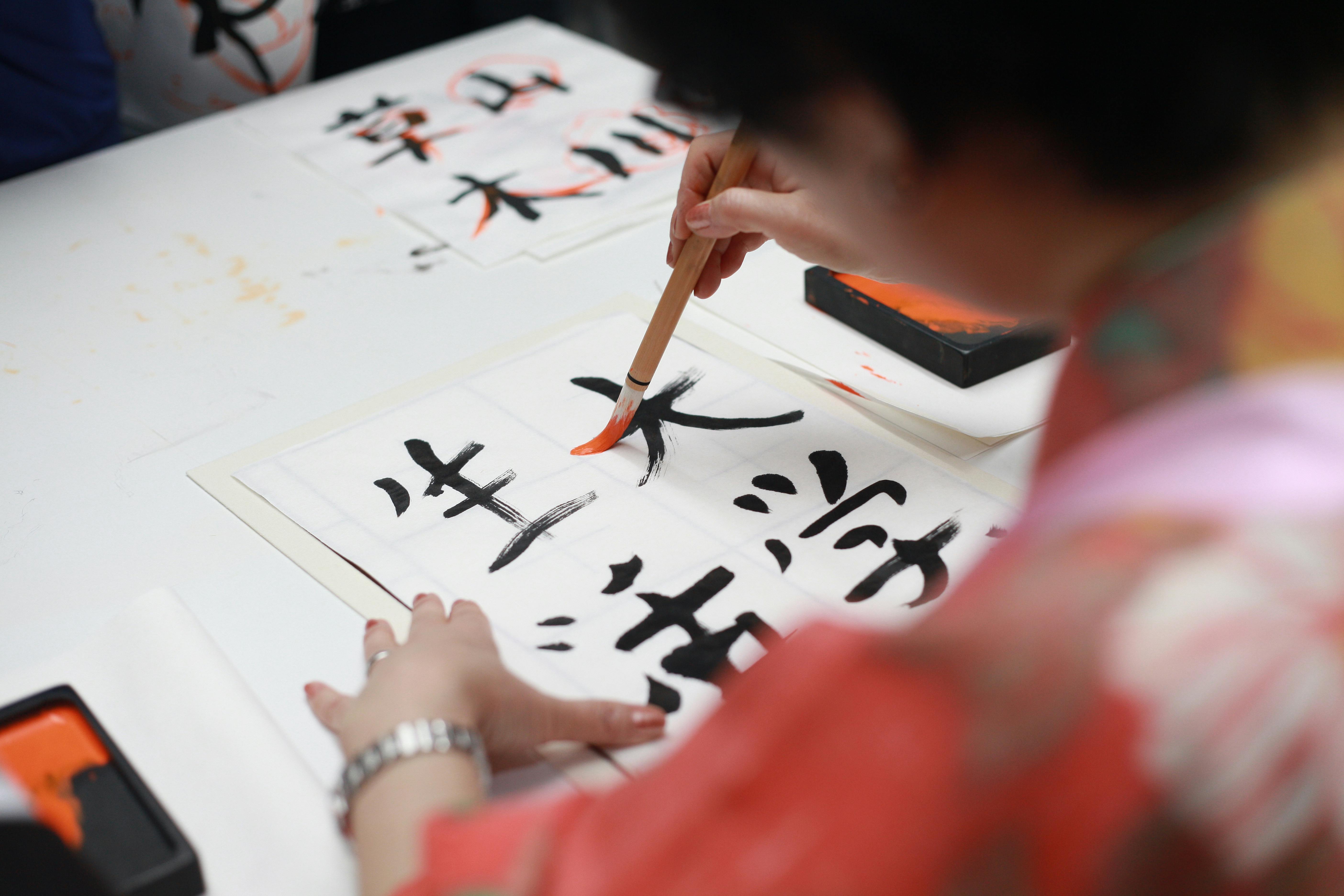 Photo by Engin Akyurt
Photo by Engin Akyurt
Kokuhaku as a Love Confession
Kokuhaku isn’t just about words—it’s about what those words signify. In Japan, love generally doesn’t progress casually or ambiguously. Instead, Kokuhaku draws a clear line, creating a moment where one person says, “This is how I feel about you, and I want us to be something more.”
Traditionally, this is how Kokuhaku works:
- The confessor gathers courage. They decide to express their feelings, often after self-reflection.
- The confession happens in private. Unlike grand romantic gestures in public, Kokuhaku tends to be a one-on-one, deeply personal interaction.
- Simplicity is key. Phrases like “Suki desu” (“I like you”) or “Aishiteimasu” (“I love you”) are used, keeping the moment pure yet powerful.
What makes Kokuhaku unique? It isn’t just an expression of love; it’s a formal initiation of a relationship. If the person being confessed to accepts, the relationship begins with mutual understanding and clear intentions, skipping the ambiguity often seen in Western dating practices. It’s less of a casual “Will you go out with me?” and more of a heartfelt proposal for a shared future.
In Japanese media like anime and dramas, Kokuhaku is portrayed as an emotional high point, showcasing its significance. While it might seem like a dramatic act, for many people in Japan, it’s the expected—and respected—way of transitioning from admiration to commitment.
For deeper insights on Kokuhaku, check out this article by Tofugu or learn about Japanese love confessions.
The Role of Kokuhaku in Japanese Relationships
Kokuhaku is not just a gesture; it’s a cornerstone of dating in Japan, acting as the first step to officially starting a romantic relationship. Understanding its role helps illuminate how Japanese relationships evolve and how this tradition differs from dating practices in Western cultures.

Establishing a Relationship Through Kokuhaku
In Japan, relationships often start with a clear and intentional statement—Kokuhaku. Imagine emotionally handing someone your heart and saying, “Here it is, what do you think?” That’s how meaningful it is. Friendship transitions to romance through this honest and vulnerable moment, and here’s how the process typically unfolds:
- Building a Connection: Before Kokuhaku, interactions often remain in the realm of friendship. Unlike in Western cultures where casual dating might precede exclusivity, Kokuhaku comes at the point where feelings have been developed and solidified.
- The Confession Moment: The confessor, after much thought, approaches the person they admire. This is usually done in private, with phrases like “Suki desu” or “Aishiteimasu” expressing their affection.
- Response and Decision: The person being confessed to has the power to accept or reject the feelings. If they accept, the duo becomes an official couple, skipping ambiguous “are-we-or-aren’t-we?” phases that are common in other cultures.
This process ensures that both individuals are on the same page. Relationships begin with mutual understanding and clear intentions, aligning with Japanese values of transparency and respect. To dive deeper into how Kokuhaku shapes relationships, check out this detailed analysis of Japanese romance culture.
 Photo by Bruno Mattos
Photo by Bruno Mattos
Comparing Kokuhaku to Western Love Confessions
While Kokuhaku shares similarities with love confessions in Western cultures, key differences shape how love stories unfold in Japan versus the West. Here are some important aspects:
- Timing: In the West, relationships often start casually, evolving from dating into something more serious over time. In contrast, Kokuhaku happens before dating begins, signaling a commitment upfront.
- Simplicity vs. Grand Gestures: Western love confessions often involve elaborate displays of affection—flowers, poetry, or dramatic surprises. Conversely, Kokuhaku is understated and personal, focusing on clear communication instead of flair.
- Ambiguity vs. Clarity: Western dating can sometimes feel like navigating a maze—when are you “official”? With Kokuhaku, that ambiguity doesn’t exist. The acceptance of a Kokuhaku officially marks the beginning of a relationship.
This cultural contrast sheds light on why Kokuhaku holds such a special place in Japanese hearts. It’s more than just expressing feelings; it’s about creating clarity and mutual commitment from the very first step. Interested in exploring more? This article on the art of Kokuhaku offers excellent insights into its significance.
Understanding these differences helps highlight how culture influences the way people connect and communicate love, offering a window into the Japanese approach to relationships.
How to Perform a Kokuhaku
Kokuhaku is not just a simple love confession; it’s a moment that requires courage, honesty, and careful thought. To successfully express your feelings in a way that reflects sincerity, a few essential steps can make all the difference.
Choosing the Right Setting
The setting for your Kokuhaku matters more than you might think. Selecting a private and comfortable environment can help make both of you feel at ease. A quiet park, a serene café, or even a discrete corner at school or work can provide the sense of intimacy needed for this heartfelt moment.
Why is privacy so important? Kokuhaku is deeply personal. It’s a conversation between two people and often one of the most vulnerable expressions of emotion. By ensuring privacy, you create a safe space where feelings can be openly shared without the pressure of an audience.
For some inspiration, think of how Japanese anime often dramatizes Kokuhaku moments in peaceful, picturesque locations. These settings aren’t just aesthetically pleasing—they embody the tranquility needed for such an honest conversation.

Photo by Markus Winkler
Phrases Commonly Used in Kokuhaku
Words carry weight, especially during a Kokuhaku. Clear and simple phrases are often the best way to express your feelings. Here are a few commonly used expressions:
- “Suki desu” (好きです): Directly translates to “I like you.” This is the most straightforward phrase and often preferred for its simplicity.
- “Aishiteimasu” (愛しています): Means “I love you.” This is typically used in more serious, committed situations.
- “Tsukiatte kudasai” (付き合ってください): Roughly translates to “Please go out with me.” It directly asks the person to start a relationship with you.
These phrases not only communicate your emotions but also leave little room for misinterpretation, which is a hallmark of Kokuhaku. Want a deeper look at these varied expressions? Take a look at this guide on Japanese love confessions for even more examples and cultural context.
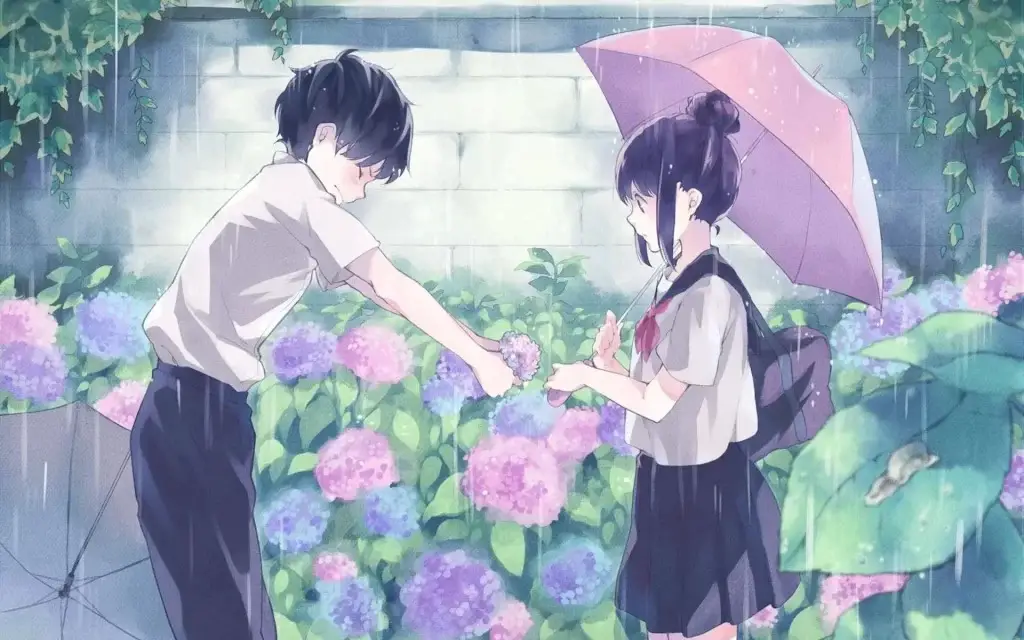
The Courage and Vulnerability of Kokuhaku
Kokuhaku is about wearing your heart on your sleeve. It’s easy to feel nervous or even overwhelmed, knowing there’s a chance your feelings might not be reciprocated. But that’s what makes Kokuhaku so beautiful—it’s an act of bravery and openness.
Think about it: how often do we let ourselves be so honest? In a world where ghosting and miscommunication are common, Kokuhaku stands out for its clarity. Whether the answer is “yes” or “no,” the confessor walks away with closure.
It helps to remember that rejection isn’t a reflection of your worth. Instead, it’s a part of the human experience. If you’re nervous about making a Kokuhaku, take comfort in knowing that this tradition emphasizes respect and understanding—both for the confessor and the recipient.
There’s no need for elaborate gestures or dramatic proclamations. Real emotion and sincerity are what truly matter. For more on what makes Kokuhaku such a powerful cultural moment, check out this article on its art and significance.
By preparing thoughtfully, speaking sincerely, and embracing the vulnerable moment with courage, you can ensure your Kokuhaku is as meaningful as it is heartfelt.
Responding to Kokuhaku
When it comes to Kokuhaku, the response is as crucial as the confession itself. Whether you accept or politely decline, the way you respond shapes how both parties move forward. Let’s explore how to navigate this delicate moment with grace and respect.
Accepting Kokuhaku: Describe how to gracefully accept a Kokuhaku and what it means moving forward
Receiving a Kokuhaku can be exciting, but it’s also a moment that requires thoughtfulness. If you choose to accept, you’re effectively saying “yes” to starting a committed relationship with the person. Here’s how you can embrace the moment gracefully:
- Take a moment to process: Once you hear the confession, it’s okay to pause briefly. A considered response shows you value the other person’s feelings and didn’t just decide on a whim.
- Express gratitude and respect: Start by acknowledging the courage it takes to confess. A simple “Thank you for sharing your feelings with me” sets a respectful tone.
- Say how you feel clearly: Respond to their emotions sincerely. For example:
- “I’ve really enjoyed getting to know you, and I’d like to start a relationship with you.”
- “I feel the same way about you. Let’s make this work together.”
- Discuss what comes next: In Japan, accepting a Kokuhaku transitions the bond into an official relationship. Talk briefly about what this means moving forward, such as spending more time together, introducing one another to close friends, or just enjoying this new stage together.
Accepting a Kokuhaku establishes mutual clarity and commitment, bypassing the ambiguity prevalent in many other global dating cultures. This is a unique aspect of Japanese relationships where honesty and directness take precedence from the start.
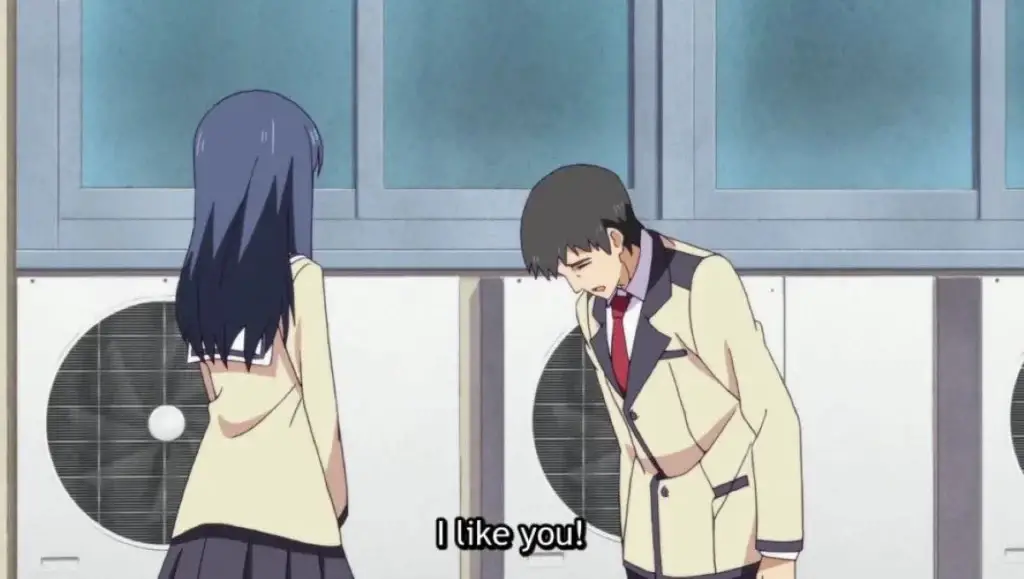
Rejecting Kokuhaku with Respect: Explain common phrases used to reject someone politely and how to handle the situation
Sometimes, you might not share the same feelings as the person confessing. It’s okay to say no, but how you relay this matters. Rejecting someone kindly protects their dignity while ensuring you communicate your truth. Here’s how to handle it respectfully:
- Acknowledge their courage: Begin with a statement of respect, for example:
- “Thank you for being so open and honest with me.”
- “I respect the effort you made to share your feelings.”
- Be upfront but gentle: Avoid vague excuses. Directly communicate your feelings while softening the blow.
- “I’m sorry, but I don’t feel the same way. I hope you can understand.”
- “I really appreciate your honesty, but I think of you more as a friend.”
- Avoid overexplaining: There’s no need to dive deeply into why you’re rejecting them. Simplicity helps minimize any unnecessary hurt.
- End with kindness: Express hope for a positive future between you both, whether it’s continuing as friends or respecting each other’s space.
- “I hope we can still maintain a good friendship moving forward.”
- “Thank you for sharing; I think you’re amazing, and I wish you all the best.”
Rejection is hard for both parties, but a kind and thoughtful approach can make all the difference. If you’re unsure about how to phrase your response, this guide on rejecting confessions kindly offers more insights into respectful communication.
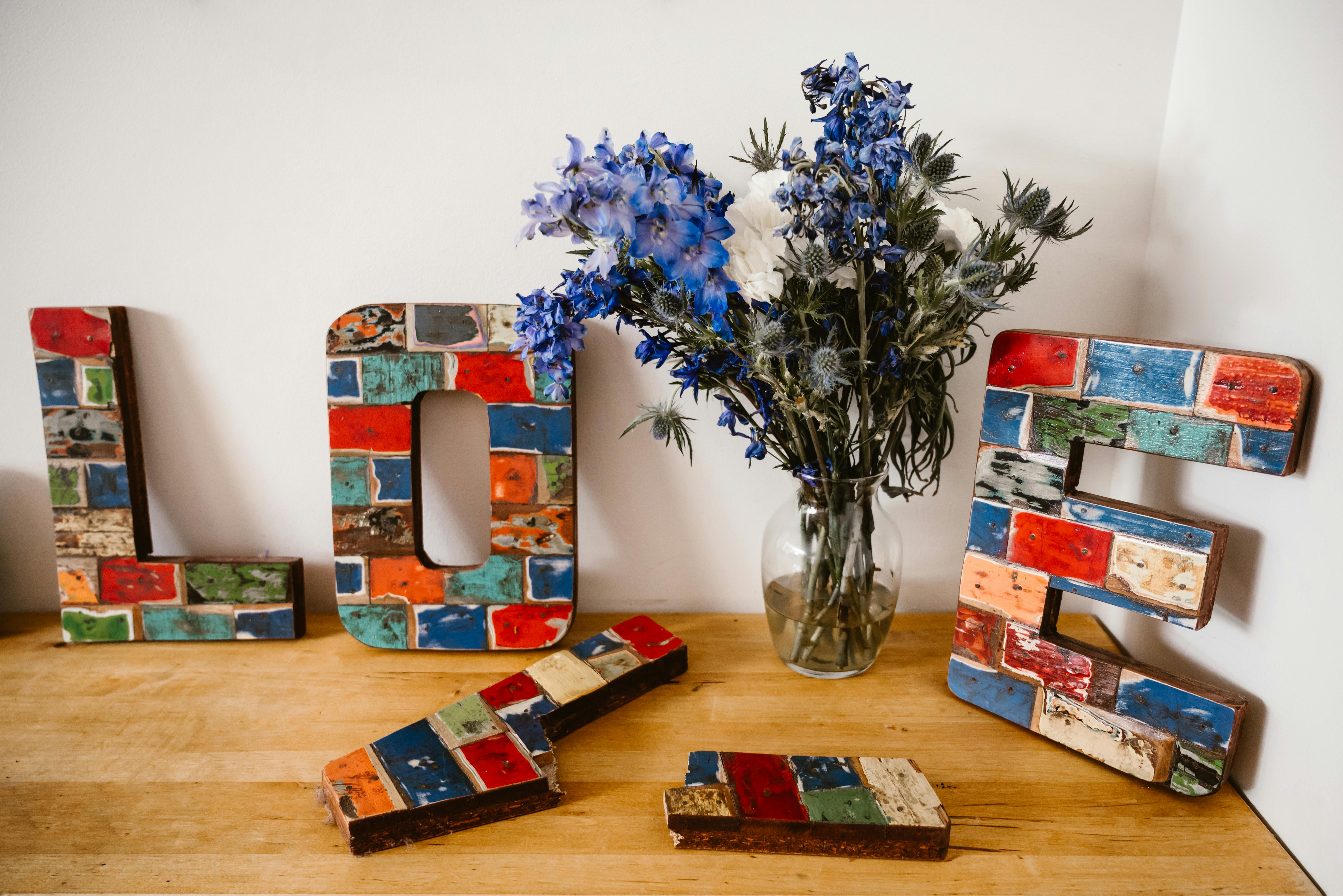
Photo by RDNE Stock project
Responding to Kokuhaku respectfully—whether with acceptance or rejection—is about honesty and kindness. Such an approach not only honors the confessor’s courage but also stays true to your own feelings.
Cultural Evolution of Kokuhaku
Kokuhaku, Japan’s iconic love confession, has journeyed through generations, adapting to societal change while retaining its heartfelt essence. Today, it’s a blend of tradition and modern expression, leaving its unique mark on both Japanese culture and the global imagination. Below, we explore how anime popularized Kokuhaku and how technology is reshaping this romantic ritual.
Kokuhaku in Anime and Pop Culture
If you’ve watched Japanese anime or dramas, you know Kokuhaku scenes are often the emotional highlight. These portrayals not only reflect but also influence public perceptions of love in Japan. Some anime have even cemented Kokuhaku as a global pop culture phenomenon.
Popular shows like “Toradora” and “Kimi ni Todoke” showcase the emotional weight of a Kokuhaku. In these series, characters often grapple with inner turmoil, wondering how their confession will be received. Such moments resonate deeply because they mirror real-life feelings of hope and vulnerability.
Other anime, like “Clannad” or “Your Lie in April,” often place Kokuhaku in picturesque, dreamlike settings—cherry blossoms, setting suns, or whispers heard on school rooftops. These dramatic backdrops highlight the purity and courage of the act.
What impact has this had? For many viewers outside Japan, anime shapes their understanding of Kokuhaku. It turns what could seem like a simple confession into a transformative moment, inspiring fans to embrace honesty in their own relationships. To learn more about how Kokuhaku fits within romantic Japanese traditions, check out this detailed exploration.
While anime and other forms of media romanticize Kokuhaku, they also build pressure around this tradition. People may feel their confession isn’t valid unless it matches these idealized scenes. This balance between inspiration and expectation reveals how deeply Kokuhaku intertwines with modern pop culture.
How Technology is Changing Kokuhaku
Technology is redefining human interaction, and Kokuhaku is no exception. Where confessions once required face-to-face courage, many now take place over texting, social media, or even video calls. While convenient, this shift brings both positives and challenges.
Imagine confessing while staring at a screen instead of into someone’s eyes—is it easier or harder? On one hand, platforms like LINE or Instagram DMs remove the immediate fear of rejection, giving people a safe space to express themselves. A simple text like “Suki desu. Tsukiatte kudasai?” can carry the same sincerity as spoken words, but it lacks the unspoken emotion conveyed through body language and tone.
However, some worry that digital Kokuhaku may feel impersonal. In a culture where sincerity is paramount, using emojis or stickers might dilute the emotional gravity of a confession. On the flip side, digital interactions are more accessible for those who struggle with traditional face-to-face confessions.
With the rise of virtual reality (VR) and apps dedicated to love, Kokuhaku is taking on new forms. Karaoke apps, for example, let users dedicate songs to potential partners, fusing technology with creativity in their confessing methods. This evolving landscape shows that while the medium changes, the heart of Kokuhaku remains timeless.
For a broader look at how technology is transforming expressions of love and culture, explore this article. It reveals how innovation both enriches and complicates traditions like Kokuhaku.
Kokuhaku may be adapting to new tools and trends, but its essence endures: an honest, unguarded expression of love. Whether through whispered words under cherry blossoms or a carefully crafted text, the bravery at its core never changes.
Why Kokuhaku Matters in Japanese Culture
Kokuhaku, at its core, is far more than a simple love confession in Japan. It is a cultural institution, one that reflects the values of sincerity, courage, and emotional connection woven throughout Japanese society. In a world where ambiguity and casual relationships are increasingly common globally, Kokuhaku stands out as a beacon of clarity and commitment. But why is it so important to Japanese culture? Let’s explore.
A Reflection of Japanese Values
Kokuhaku ties closely to key principles in Japanese culture—honesty, respect, and directness. This tradition emphasizes starting relationships with clear intentions, avoiding misunderstandings and emotional murkiness. For a society that highly values harmony and mutual understanding, Kokuhaku is a way to ensure both parties know where they stand from the beginning.
Honesty is especially prized in Japanese culture. Confessing your romantic feelings isn’t viewed solely as a romantic act; it’s an expression of personal integrity. By laying one’s emotions bare, the confessor shows a willingness to take accountability for their feelings—a quality deeply admired in Japan.
At the same time, Kokuhaku respects the recipient of the confession. The formal nature of this tradition conveys, “Your feelings matter, too.” This balance of boldness and empathy underscores why Kokuhaku remains such a cherished practice.
For insights into how Kokuhaku has shaped modern Japanese relationships, you can read this detailed analysis.
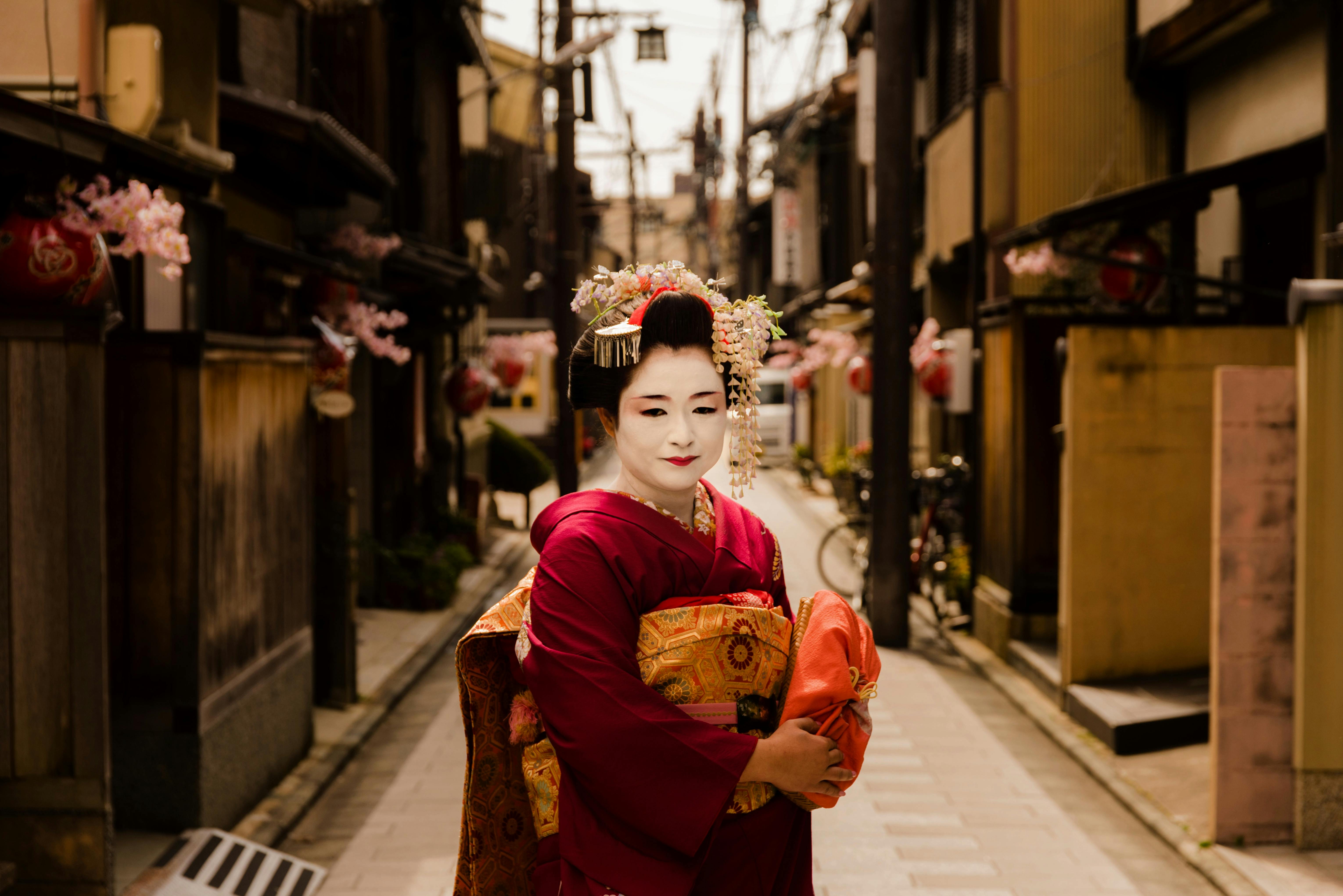
Photo by Ivan Siarbolin
Kokuhaku and Social Dynamics
Japanese society often emphasizes group harmony and collective decision-making, but Kokuhaku carves out a rare space for individual emotional expression. Love confessions require stepping out of this collective mindset momentarily to highlight one’s inner feelings.
This practice also fits within Japan’s organized approach to human relationships. Much like how formal introductions (aisatsu) are crucial for building professional and social bonds, Kokuhaku is a formal gateway to beginning a romantic connection. It’s not just about confessing love—it’s about defining a new stage of interaction between two people.
Importantly, Kokuhaku aligns with Japan’s indirect communication style. While many aspects of Japanese conversation rely on subtle hints and implicit meanings, this tradition offers a stark departure. By clearly stating one’s feelings, both individuals receive a roadmap for moving forward—whether that means beginning a romantic journey or respecting boundaries.
For more about the role of Kokuhaku in navigating relationships in Japan, check out this article.
Establishing Clarity in Relationships
In cultures where casual dating often precedes commitment, relationships can sometimes become unclear or ambiguous. Am I exclusive with this person? Are we officially dating? In Japan, Kokuhaku eliminates such guesswork. It ensures that both people enter a relationship with shared understanding and mutual agreement.
This clarity is significant not just for the couple but also for their social circles. In Japanese culture, introducing a boyfriend or girlfriend to friends and family carries weight, often implying serious intentions. Kokuhaku serves as the foundation for this social acknowledgment, solidifying the relationship’s status.
Why is this clarity so valued in Japan? It ties back to broader cultural ideals of mutual respect and avoiding interpersonal conflict. By establishing expectations upfront, Kokuhaku reduces the likelihood of future disputes or misunderstandings.
If you’re curious about how Kokuhaku simplifies relationships compared to Western dating norms, this blog post delves deeper.
Every confession during a Kokuhaku carries the weight of centuries of tradition, yet it remains as relevant today as ever. It’s not just about love—it’s about building relationships rooted in honesty, respect, and cultural pride.
Conclusion
Kokuhaku is more than just telling someone you like them—it’s a cultural bridge between admiration and commitment. It underscores the values of clarity, honesty, and respect in Japanese society, offering a direct path to meaningful relationships.
By embracing this tradition, whether through spoken words or modern methods, people create connections based on sincerity. Understanding Kokuhaku isn’t just about learning a phrase or observing a ritual; it’s about appreciating a unique approach to love that values openness and mutual respect.
If you’re inspired by this tradition, consider what it teaches about the courage to express your feelings. What would your Kokuhaku look like?



